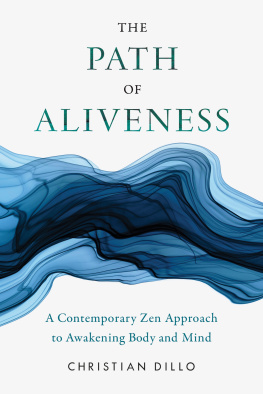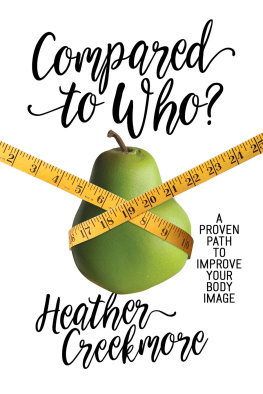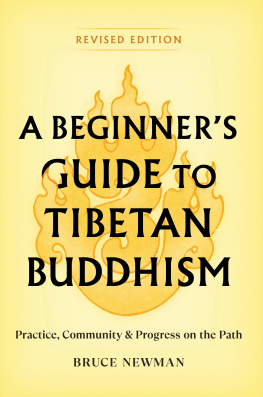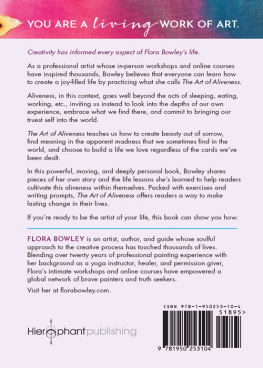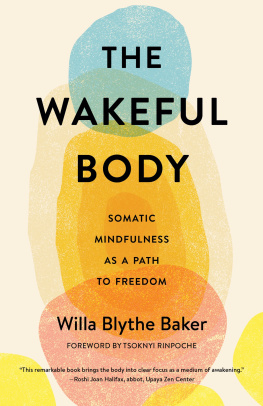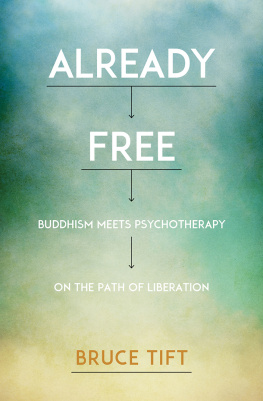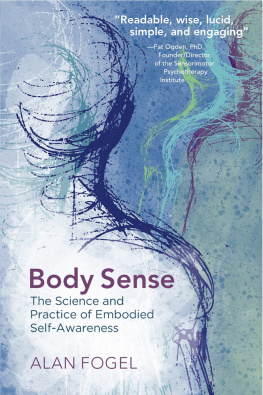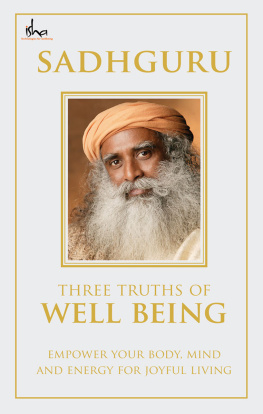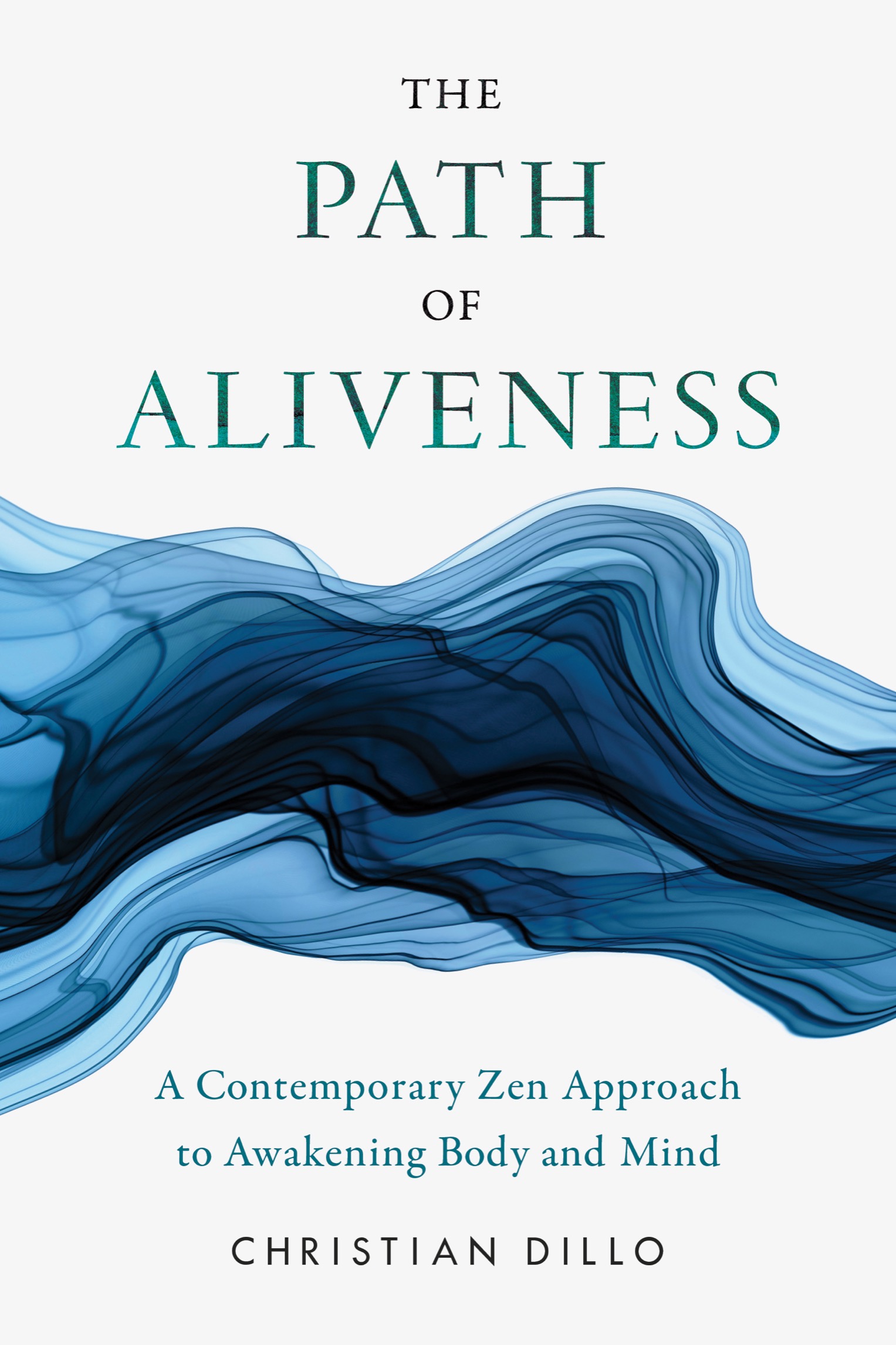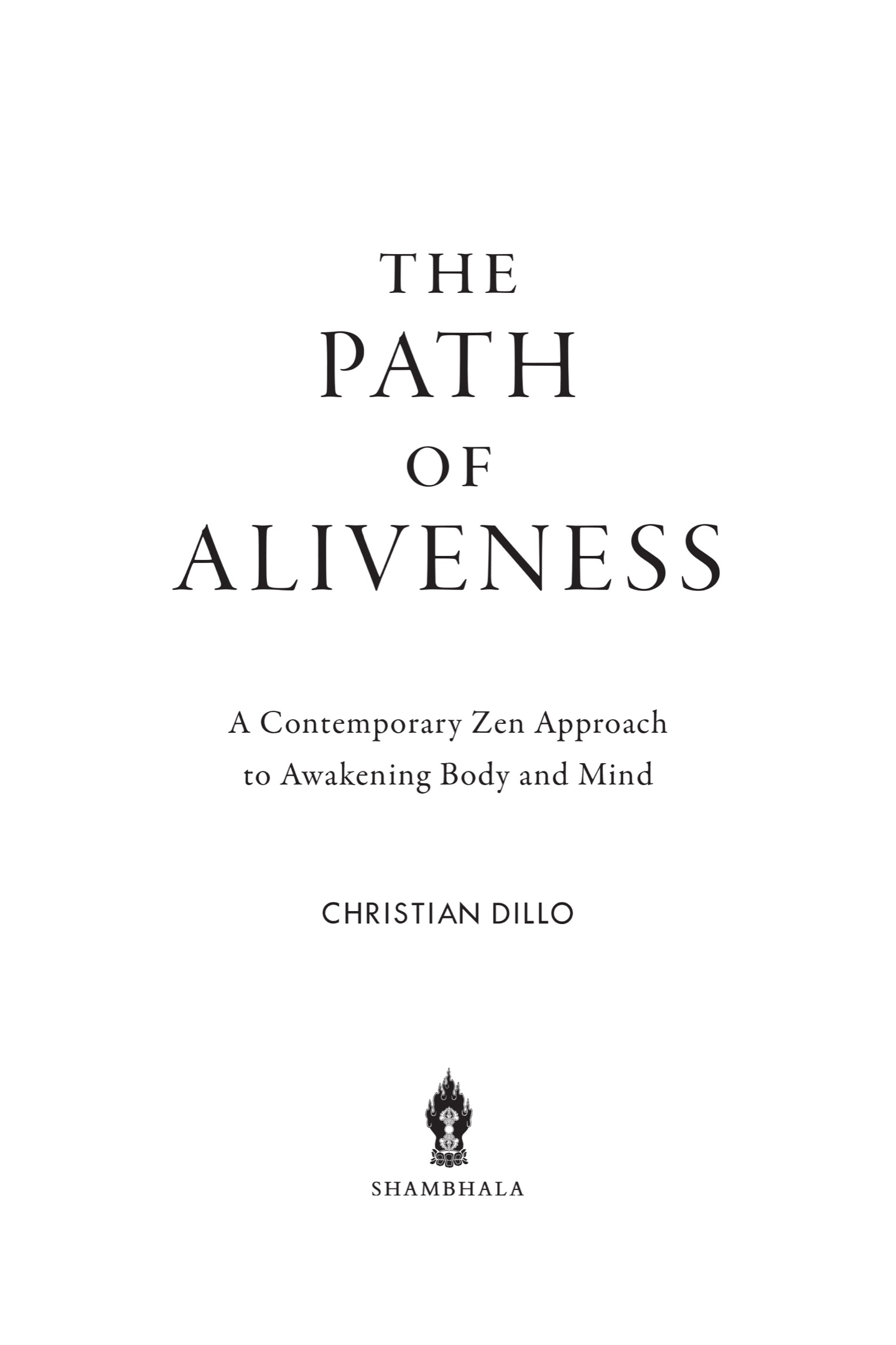PRAISE FOR
The Path of Aliveness
How can we become more fully alive? How does Buddhist practice transform and liberate us? How might the meaning of our lives embody wisdom and compassion? This down-to-earth book offers a harvest of insights, gleaned from Christian Dillos many years of practice and teaching. It brings the path to life for us today.
David Loy, author of Ecodharma: Buddhist Teachings for the Ecological Crisis
This beautifully written book guides the reader into fully embodied Zen practice. This book can serve as a handbook toward undivided intimacy, which is our true relationship with each other and all beings in our world. Beginners as well as seasoned practitioners will find nourishment and deep wisdom here.
Konjin Gaelyn Godwin, Abbot of Houston Zen Center and Auspicious Cloud West; Director of Soto Zen Buddhism International Center, North America
Christian Dillo is a wonderful teacher: he digs in deep. For this book he chose some essential Buddhist topics and brought them to life in an authentic and personal way. A beautifully written and thoughtful book.
Elizabeth Mattis Namgyel, author of The Logic of Faith and The Power of an Open Question
The Path of Aliveness is a walk with a friend for anyone who wants to use awareness to transform their life in the direction of ever greater embodied freedom. Drawing from his decades of struggles and joys, Christian Dillo offers us a precise path for how to practice with our experience. He brings the energy of Zen into our daily lives in an accessible, practical, and courageous way.
Kshin Paley Ellison, author of Wholehearted: Slow Down, Help Out, Wake Up
Shambhala Publications, Inc.
2129 13th Street
Boulder, Colorado 80302
www.shambhala.com
2022 by Christian Dillo
Cover art: Korkeng/Adobe Stock
Cover design: Daniel Urban-Brown
Interior design: Katrina Noble
All rights reserved. No part of this book may be reproduced in any form or by any means, electronic or mechanical, including photocopying, recording, or by any information storage and retrieval system, without permission in writing from the publisher.
Shambhala Publications makes every effort to print on acid-free, recycled paper. Shambhala Publications is distributed worldwide by Penguin Random House, Inc., and its subsidiaries.
LIBRARY OF CONGRESS CATALOGING - IN - PUBLICATION DATA
Names: Dillo, Christian, author.
Title: The path of aliveness: a contemporary Zen approach to awakening body and mind / Christian Dillo.
Description: First edition. | Boulder, Colorado: Shambhala, [2022] | Includes bibliographical references and index.
Identifiers: LCCN 2021029530 | ISBN 9781611809978 (trade paperback)
eISBN9780834844209
Subjects: LCSH: Zen BuddhismDoctrines. | MeditationBuddhism.
Classification: LCC BQ9268.3 .D55 2022 | DDC 294.3/927dc23
LC record available at https://lccn.loc.gov/2021029530
a_prh_6.0_139924580_c0_r0
The aspiration of enlightenment and circumstances together hold out a single handa single hand held out freely, a single hand held out in the midst of all being.
DOGEN
CONTENTS
PREFACE
What we want, say, and doand how alive we feel in itdepends to a large extent on the views we hold about the world. That means views about reality, mind, body, self, other, time, space. Ive always been interested in how our culturally anchored and often nonconscious fundamental worldviews can be noticed and transformed. However, the Western philosophical approach to all of this, which I turned to as a young man because it was the most readily available, remained too abstract and never fully satisfied my need for transformationfor tangible shifts in experience.
Zen Buddhism, this seemingly old-fashioned tradition from the East, has become so important to me because it stubbornly insists on embodiment. In Zen, conceptual understanding is never enough; transformation needs to manifest in, through, and as the body. By its own account, as a school of Buddhism, Zen has emphasized the bodily practice of meditation over the mental effort of conceptual study. This doesnt mean concepts are unimportant. But they are always only a tool to effect experienceable transformative change. Therefore, throughout this book, I have strived to ground my discussion of seemingly abstract views and ideas in concrete examples and practices.
Zen is a response to age-old questions about liberation, authentic presence, and connectedness. I believe it can meaningfully open up a path of aliveness in our times, in which more and more people are plagued by alienation, anxiety, and depression. With its emphasis on everyday experience and practice, Zenamong other approaches to embodimentpresents a much-needed corrective to our contemporary societal drive toward more and more digital communication and virtual realities and less and less physical and sensorial engagement.

This book is a harvest of insights based on twenty-five years of practicing meditation and mindfulness and of listening to my teachers. Ive organized the book as a kind of manual. Each chapter is meant to stand more or less on its own; each covers a particular Buddhist teaching and tries to unfold both how to make sense of it and how to put it into practice. At the same time, I hope these chapters will function as tributaries to the wider, underlying intent of transformationan awakening of body and mind to freedom, wisdom, and compassion. A book requires a linear presentation but, in my view, Buddhism is more like a meshwork. Each teaching interconnects with all other teachings, and each practitioner will make their own links. I hope you, the reader, will benefit from the narrative structure Ive chosen while feeling free to unravel it.
I have written this book with two audiences in mind. One is those readers who are interested in self-transformation but dont know yet how a Buddhist perspective can contribute to that. The second is those who already practice Buddhism and are interested in continual discussion and refinement of views and practices.
I am profoundly grateful to Zentatsu Richard Baker Roshi, my Zen teacher, without whom the writing of this book would have been impossible. He provided the inspiration and example that the conceptual articulation of experiential nuances is possible without losing ones anchor in the body and the physical-sensorial world. I mention his name only a few times in the book. I would have put it next to key ideas in most chapters if this hadnt made the text unnecessarily cumbersome to read.
In Zen, the teaching is passed on through what Baker Roshi has called a process of auto-didactic apprenticeship. One teaches oneself in the presence of ones teachera process that takes many years, even decades. It is an intergenerational process of lineage that allows for both continuity and change in the teaching. Throughout the book, in addition to Baker Roshi I invoke the names and teachings of Eihei Dogen, the thirteenth-century founder of the Soto Zen lineage in Japan; Shunryu Suzuki Roshi, my teachers Japanese Zen teacher; and a number of other Chinese Zen masters. You may notice that I speak of them as if they were family members. Unlike in Western culture, in which originality and intellectual ownership are emphasized, I dont see my own speaking as separate from theirs but as a process that, for better or worse, carries the teaching forward into this contemporary cultural momentwith both continuity and reconstructive change.

